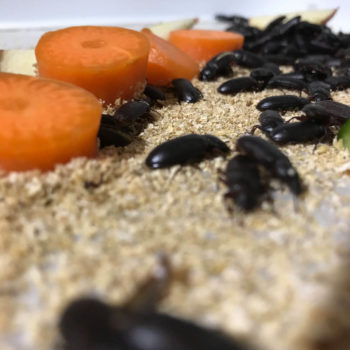Cycle of Life
LEARNING OUTCOME
Plants and animals have a cycle of life and have many interesting and clever adaptations.
SESSION activities
- Investigating how all things grow and reproduce
- Activities that show that all things are basically divided into animal and a plant.
- Observing and making Life cycles,
SCIENCE EDUCATOR demonstrations
- Insect lifecycles. Mealworms and stick insects.
- Metamorphous
- Seeds and samples using toys to demonstrate how they work.
STUDENT experiments
- Observing live stick insects, ants and their relationships.
- Observing mealworms at different stages and make a life cycle.
- Making a spinning helicopter seed.
- Wild oat seeds and survival mechanisms.
POST WORKSHOP ACTIVITIES.
2 HR OPTION INCLUDES
EXTENSION & INVESTIGATION ACTIVITIES.
BIOLOGICAL SCIENCE
Australian curriculum
Yr 3 – Living things can be grouped on the basis of observable features and can be distinguished from non-living things (ACSSU044)
Compare results with predictions, suggesting possible reasons for findings (ACSIS215)
Yr 4 -Living things have life cycles (ACSSU072)
Living things depend on each other and the environment to survive (ACSSU073)
Represent and communicate observations, ideas and findings using formal and informal representations (ACSIS071)
victorian curriculum
Yr 3-4 Living things can be grouped on the basis of observable features and can be distinguished from non-living things (VCSSU057)
Different living things have different life cycles and depend on each other and the environment to survive (VCSSU058)
Safely use appropriate materials, tools, equipment and technologies (VCSIS067)
Represent and communicate observations, ideas and findings to show patterns and relationships using formal and informal scientific language (VCSIS072)

